17 Mind-Blowing Facts About How Dogs See The World
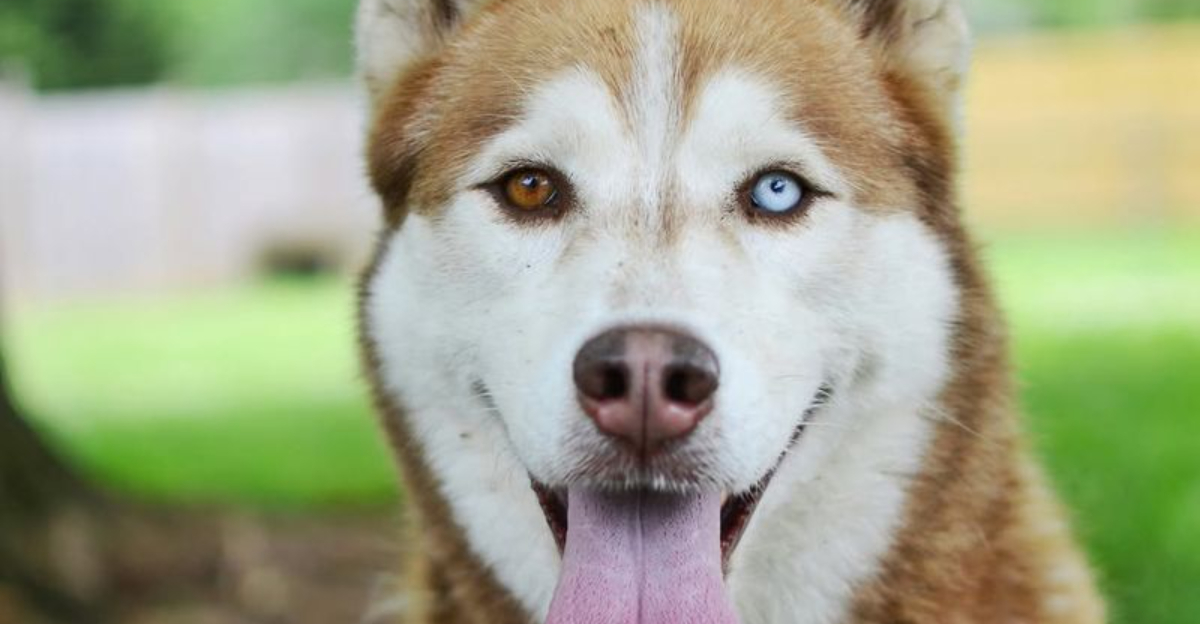
Dogs experience the world in a way that’s vastly different from humans, particularly when it comes to their vision.
While we rely heavily on our sight to interpret our surroundings, dogs use a combination of their enhanced sense of smell, hearing, and unique visual abilities to make sense of the world.
1. Dogs See In Blue And Yellow
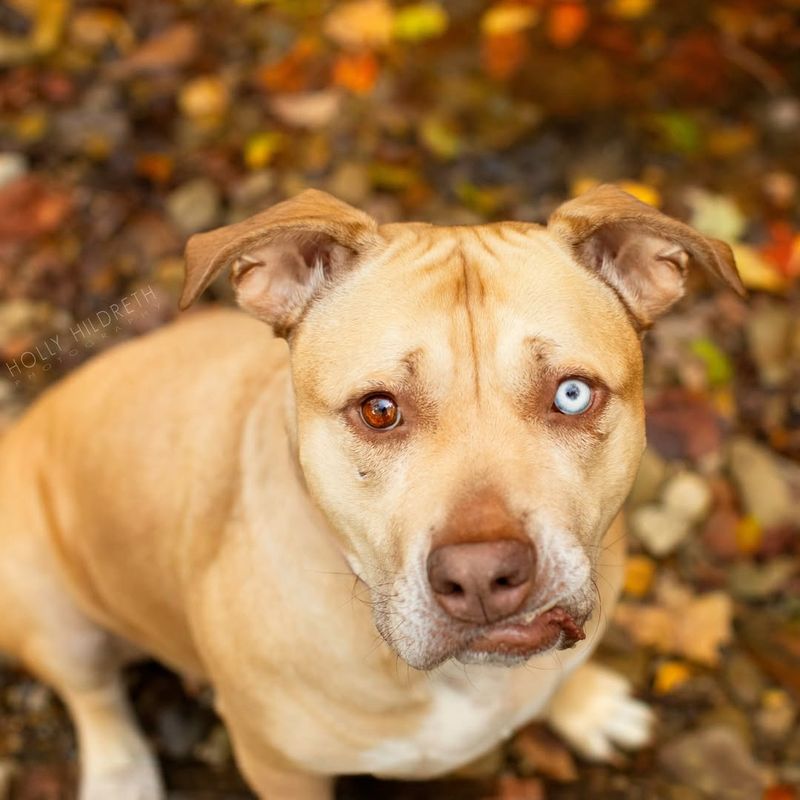
Dogs have fewer color receptors than humans, meaning their world is limited to shades of blue and yellow. They can distinguish blue hues, which helps them identify objects, but colors like red and green appear as shades of gray.
This color vision is more like that of someone with red-green color blindness, which explains why dogs are drawn to blue toys or treats.
2. Dogs Have A Limited Field Of Vision
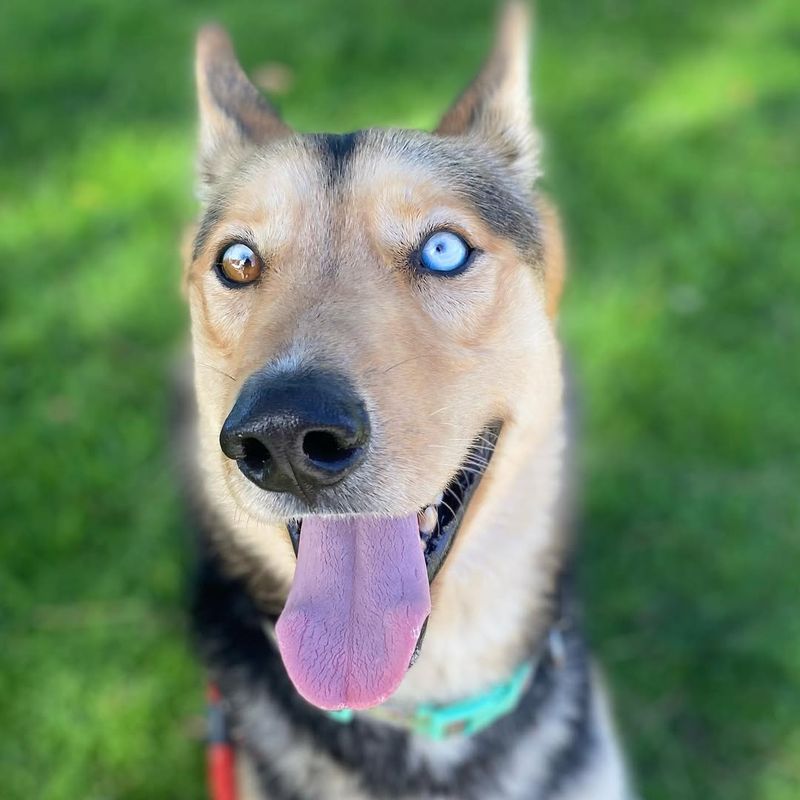
While humans have a wider field of vision, dogs’ field of view is more limited, which means they rely more on movement and their sense of smell to navigate the world.
They typically have a field of vision around 240 degrees compared to the 210 degrees of humans, but their narrower focus can help them detect movement better, especially at greater distances. This adaptation helps dogs remain alert to changes in their environment.
3. Dogs See Differently
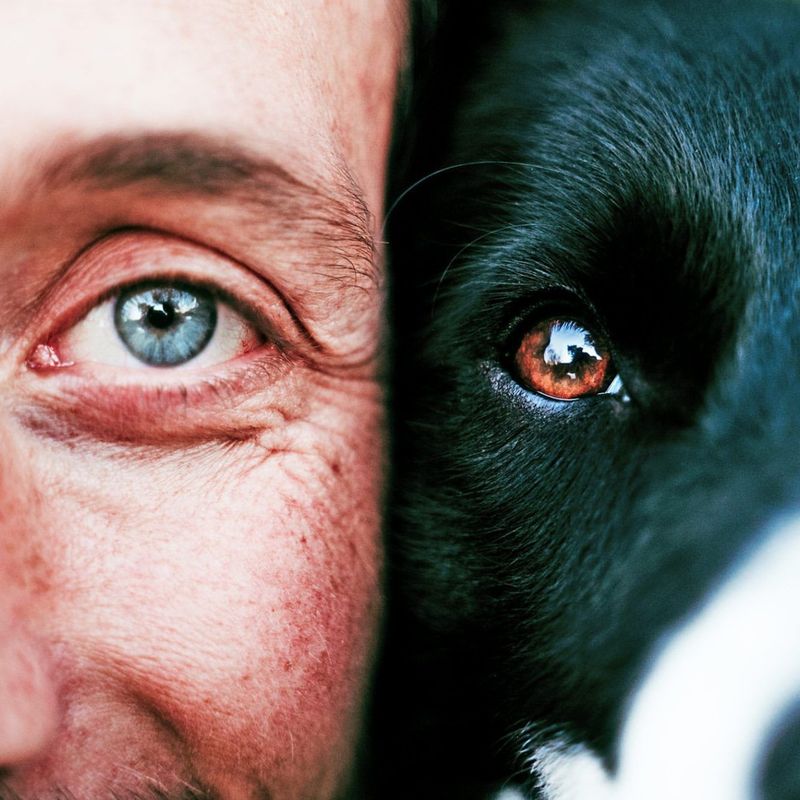
Dogs don’t see colors the way humans do. They have a dichromatic color vision, which means they perceive fewer colors. While humans generally see three colors, dogs primarily see in shades of blue and yellow. This means the vibrant red ball you throw might look gray to them.
Isn’t it interesting how their perception of the world is so unique?
Understanding this can help us choose better toys and accessories for our furry pals. Opt for blue and yellow toys to grab their attention more effectively. It’s like discovering a hidden world inside their eyes!
4. Peripheral Vision

Dogs have a remarkable peripheral vision, thanks to the placement of their eyes on the sides of their heads. This gives them a field of view of about 250 degrees compared to humans’ 180 degrees. It allows them to detect movement and potential dangers from the sides, making them excellent companions.
The wide vision is crucial for their survival instincts, enabling them to be aware of their surroundings at all times. This trait is inherited from their ancestors who needed to be vigilant hunters and avoid predators.
5. Night Vision Wonders

Have you ever wondered why your dog is so active at night? Dogs have superior night vision compared to humans. This is thanks to a special layer of cells in their eyes called the tapetum lucidum.
It reflects light back through the retina, enhancing their ability to see in the dark. They can spot movement and navigate their environment even when it’s pitch black outside.
6. Motion Detection
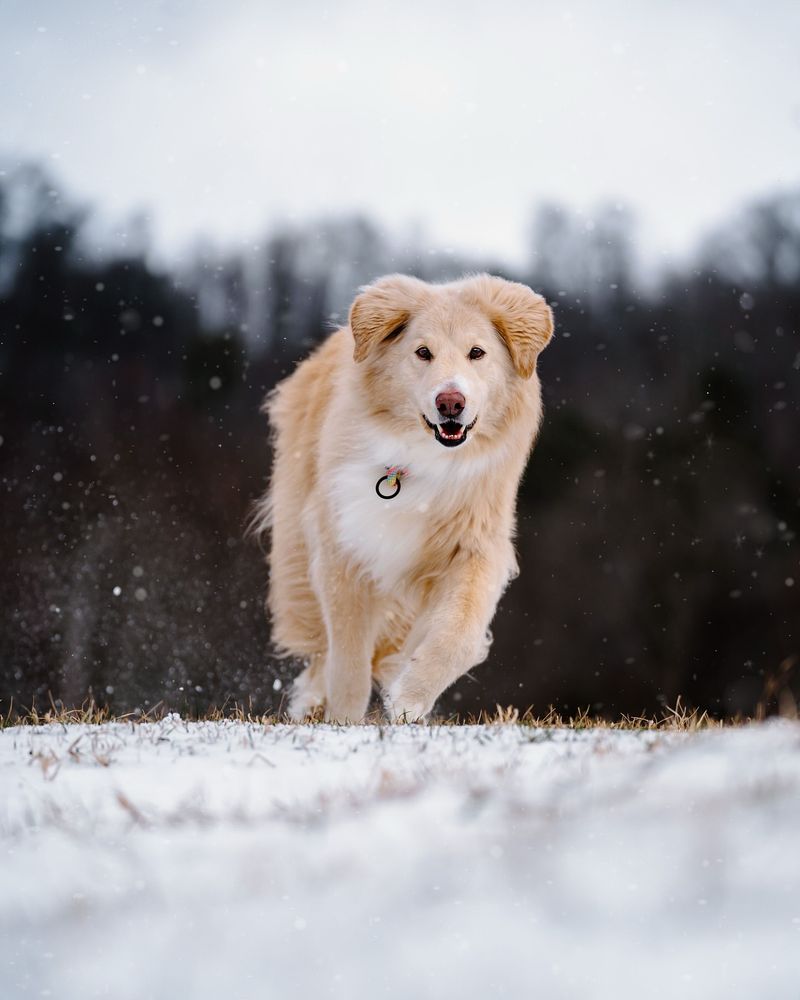
Dogs are incredibly adept at detecting motion. Their retinas are packed with rods more than cones, which makes them sensitive to movement even at a distance. This ability traces back to their wild ancestry, where spotting prey and predators quickly was crucial for survival.
This motion sensitivity is also why your dog might start barking at seemingly nothing. They could be seeing a distant squirrel or even a flicker of light.
7. The Third Eyelid
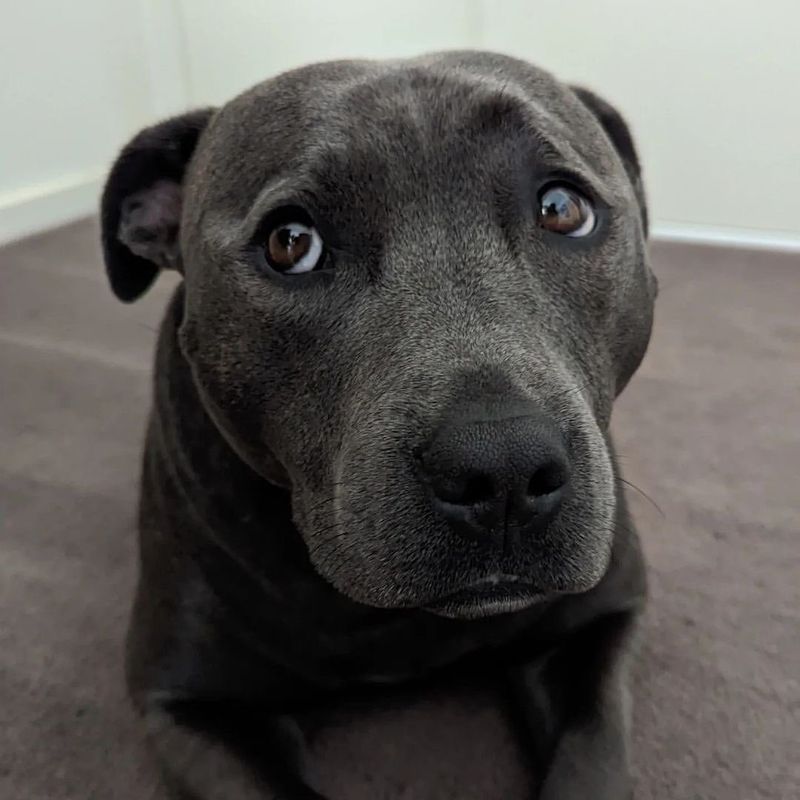
Did you know dogs have a third eyelid? Scientifically known as the nictitating membrane, this protective layer shields their eyes from dust and debris. It also helps keep their eyes moist, ensuring they remain healthy and clear.
The third eyelid is often visible when a dog is sleeping or relaxed, and it might catch you by surprise if you’ve never noticed it before. This feature is one more fascinating aspect of their biological makeup.
8. Age And Vision Changes

As dogs age, their eyesight can change, much like humans. They may develop cataracts or other eye conditions that can impair their vision. Aging can lead to cloudiness in their eyes, making it harder for them to see clearly.
These changes are a natural part of aging and understanding them can help us provide better care for our aging companions. Regular vet visits can help detect any early signs of vision issues, ensuring timely intervention.
9. The Role Of Whiskers
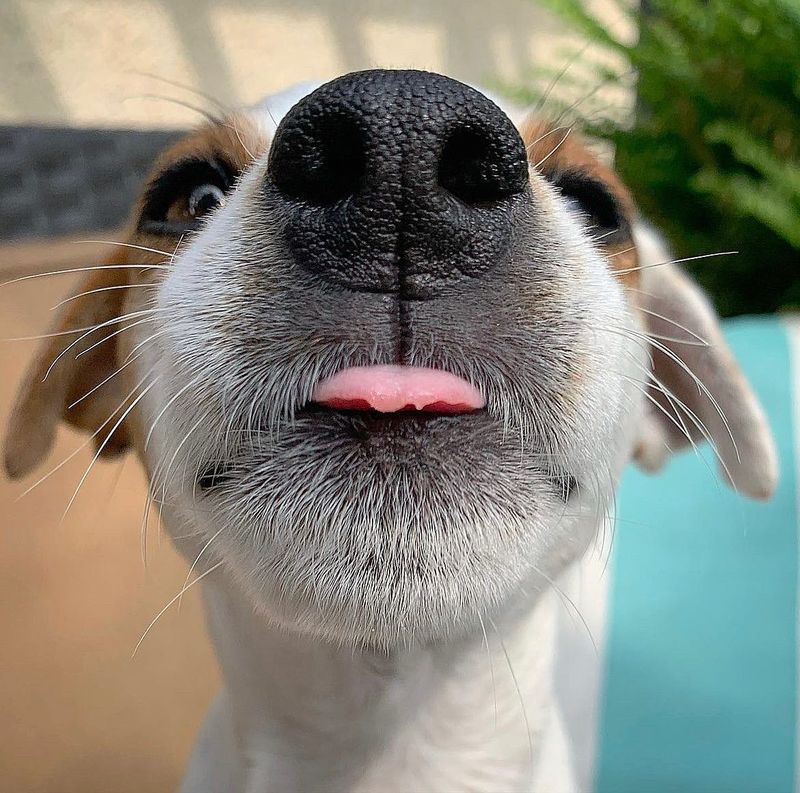
While not directly related to eyesight, a dog’s whiskers play a crucial role in complementing their vision. These sensitive hairs detect changes in the environment, helping dogs understand their surroundings better.
Whiskers can sense even the slightest changes in the air, alerting dogs to nearby objects or movements. This ability is particularly useful in low-light conditions where their vision might not be as effective.
10. Breed-Specific Vision

Different dog breeds can have variations in their eyesight. Breeds with short noses, like pugs and bulldogs, often have eyes that protrude more, affecting their field of vision. Conversely, breeds with longer noses tend to have better depth perception.
These differences can influence how they interact with the world. Breeds like greyhounds have been bred for speed and hunting, possessing a keen sense of motion detection.
11. Eye Colors And Vision
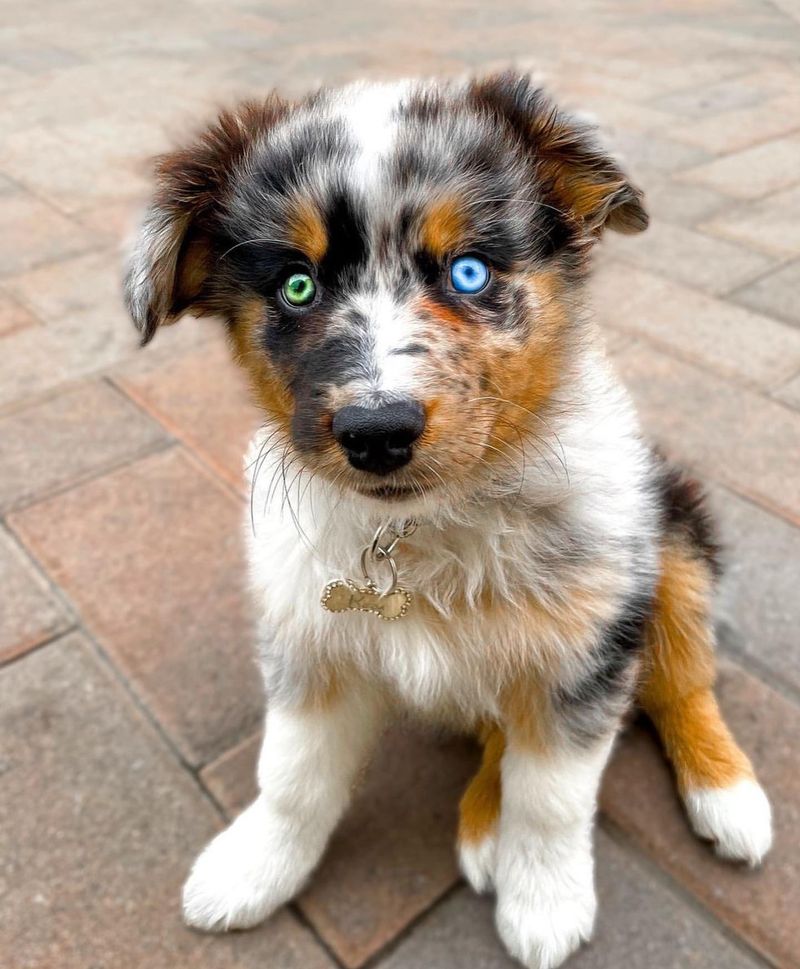
Dogs can have a variety of eye colors, from brown and amber to striking blues. While eye color doesn’t significantly affect their vision, it can sometimes indicate certain health conditions.
For instance, dogs with merle coats or blue eyes may be more prone to vision or hearing issues. This is due to genetic factors linked to pigmentation.
12. Scent And Sight Connection

Dogs rely heavily on both their sense of smell and sight to understand the world. While their sight might not be as sharp as a human’s, their nose more than compensates.
This combination allows them to track and locate objects or people effectively. A dog might not see a toy buried under a pile of leaves, but it can easily sniff it out.
13. Puppies’ Developing Eyesight

Newborn puppies are blind at birth. Their eyes remain closed for the first 10 to 14 days, gradually opening to reveal the world.
As their eyes develop, their vision improves, but it’s not fully matured until they are several weeks old. During this time, nurturing and safe environments are crucial for their growth.
14. Understanding Depth

Dogs’ depth perception is different from humans and varies across breeds. It’s influenced by the positioning of their eyes, which affects how they perceive distances.
While not as acute as human depth perception, dogs still manage well, using other senses to compensate. This skill is evident when they navigate obstacles or gauge the distance of a jump.
15. The Blink Reflex

Dogs, like humans, have a blink reflex to protect their eyes from harm. This reflex is automatic and helps keep their eyes safe from foreign objects or sudden threats.
It’s fascinating to observe how quickly they can react to potential dangers. This natural defense mechanism is crucial for maintaining their eye health.
16. Eye Communication

Dogs use their eyes not just for seeing, but also for communicating. Eye contact can express a range of emotions from love and trust to caution and alertness.
This form of non-verbal communication is key in building a strong bond between dogs and their humans. Understanding their eye expressions can enhance our relationships with them.
17. The Role Of Eye Health

Maintaining eye health is crucial for dogs’ overall well-being. Regular vet check-ups can catch potential issues early, ensuring any conditions are treated promptly.
A healthy diet, adequate exercise, and proper grooming all contribute to maintaining good eye health. Paying attention to any changes in their eyes, such as redness or excessive tearing, is essential.






